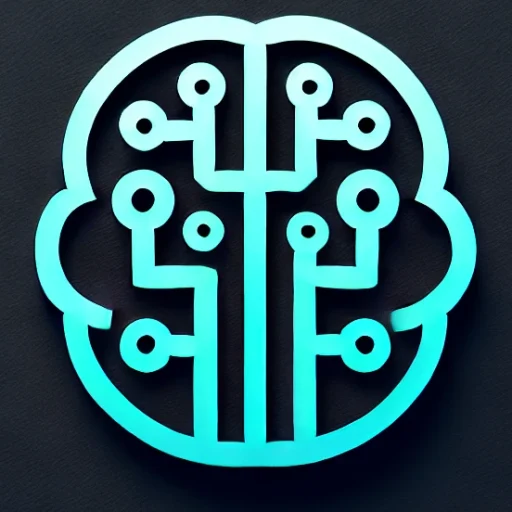
Introduction
As technology continues to evolve, the need for faster, more efficient processing has never been more critical. One of the most impactful developments in the field of artificial intelligence and computing today is Edge AI. This groundbreaking approach to data processing promises to revolutionize how devices interact with the cloud, offering unparalleled advantages in speed, efficiency, and security. In this blog post, we’ll dive into the core concepts of Edge AI, explore its latest advancements, and discuss the transformative impact it is having across various industries.
Key Insights & Latest Advancements
Edge AI refers to the deployment of artificial intelligence algorithms locally on a device, as opposed to relying on cloud-based solutions. This shift towards local processing means that data is analyzed closer to the source, which enables real-time decision-making and reduces latency. Recent advancements have made it possible to integrate powerful AI capabilities into compact devices, thanks to improvements in hardware like GPUs and specialized AI chips.
Notable breakthroughs include the development of more efficient machine learning models that require less computational power, such as those created for smartphone processors. Companies like NVIDIA, Qualcomm, and Intel are leading the charge in creating hardware that supports complex AI tasks right at the edge. These technological strides are enabling more sophisticated application possibilities, from enhanced personal assistants to automotive innovations.
Real-World Applications
The applications of Edge AI are vast and varied, spanning multiple sectors and industries:
-
Healthcare: Edge AI is empowering telemedicine and remote patient monitoring by providing instantaneous analysis of patient data directly from wearable devices.
-
Manufacturing: By deploying AI at the edge, factories are becoming more efficient with real-time monitoring and quality control, thereby reducing downtime and waste.
-
Smart Cities: Edge AI helps in managing urban infrastructure by optimizing traffic flow with smart cameras and sensors, significantly improving public safety and transportation.
-
Consumer Electronics: From smartphones to smart home devices, Edge AI enhances user experience by enabling features like voice recognition and personalization without the latency of cloud communication.
Challenges & Future Outlook
Despite its promising benefits, Edge AI faces several challenges. One significant hurdle is ensuring the security of data processed at the edge, particularly in highly sensitive applications like finance and healthcare. Additionally, the integration of Edge AI into existing infrastructure requires substantial investment and technical know-how.
Looking to the future, Edge AI is expected to become more pervasive as the number of connected devices continues to explode. The synergy between 5G networks and Edge AI will unlock new, powerful use cases that were previously unattainable due to bandwidth and latency constraints.
Conclusion
Edge AI is set to redefine the landscape of computing by enabling faster, more efficient processing across a myriad of devices and applications. As the technology matures, industries will continue to explore its potential to solve complex problems with ease and efficiency. For businesses, embracing Edge AI could lead to significant competitive advantages, driving innovation and growth. As we move forward, the focus must remain on overcoming current challenges to fully harness the transformative potential of Edge AI in our increasingly connected world.

